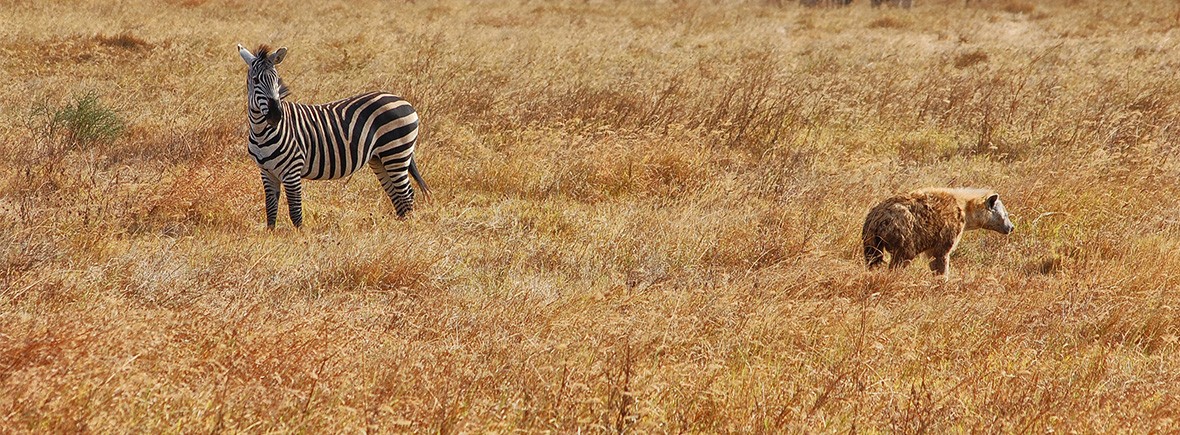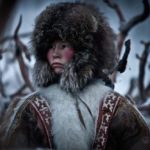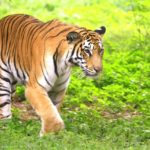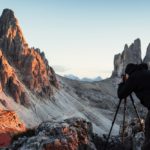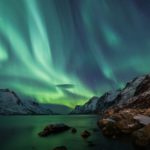Our safari photography tips gleaned from a decade of photographing wildlife
Having spent a considerable amount of our travels in jeeps on game drives, I’ve managed to photograph some beautiful and rare wildlife over the years. Along the way, I’ve picked up some indispensable safari photography tips be it through trial and error, talking to expert rangers, or just comparing photos with other enthusiasts.
Here are some essential safari photography tips to help you get the most out of your wildlife experience.
Gear
Zoom Lens
The most important thing you will need is a decent telephoto lens. The Nikkor 18-300mm, Nikon’s all-in-one zoom lens, is an extremely versatile piece of kit that covers almost all situations from wider landscape shots to long-distance wildlife photography. The lens is lightweight, fast and delivers consistently exceptional performance in any setting.
To avoid changing lenses too often, the larger the zoom range the better – safaris are usually dusty affairs!
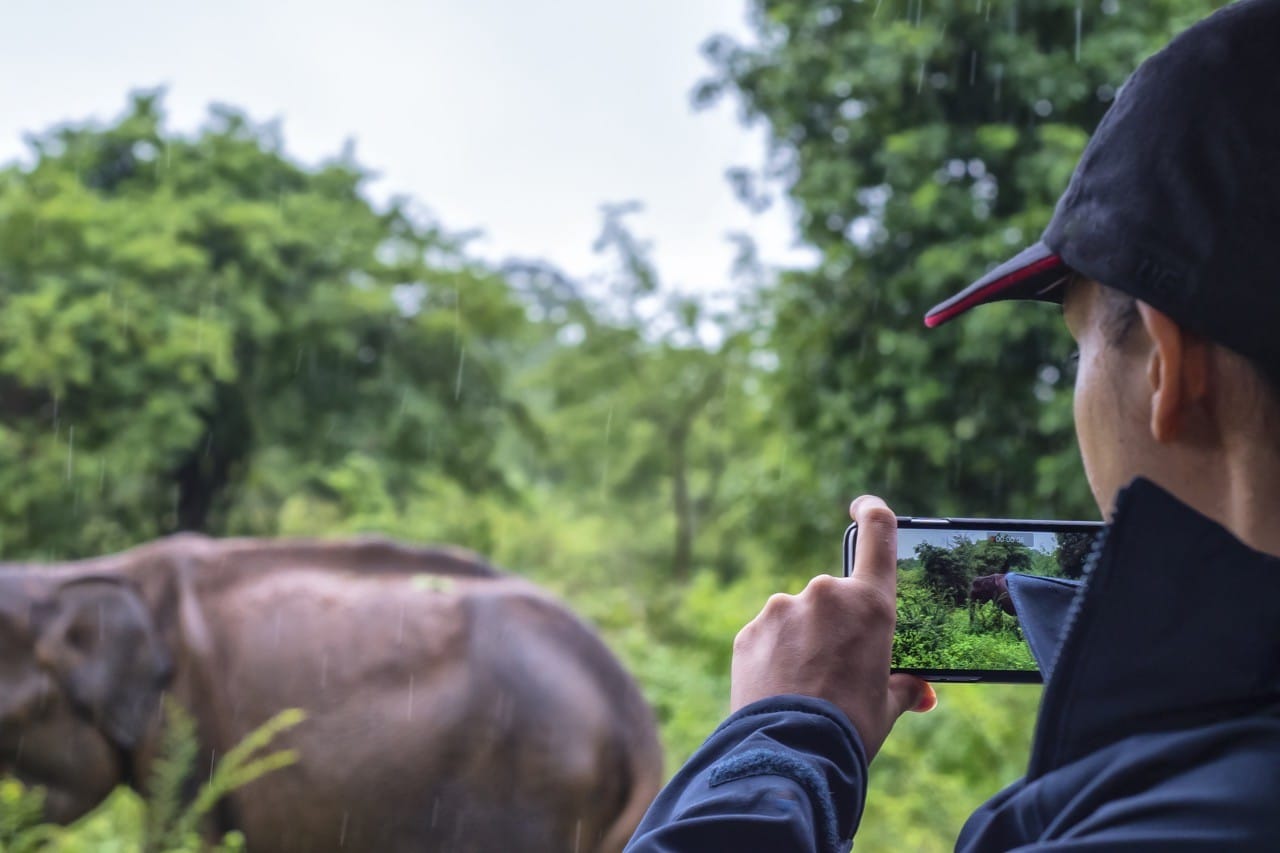
Filters
It didn’t take me long to learn that a landscape photographer primarily needs a glass polarizing filter to help reduce reflections from water and glass as well as rendering blue skies darker and making clouds more defined.
I also have a Tiffen neutral density (ND) filter kit. ND filters are essentially grey-toned filters designed to absorb light as it passes through the lens, allowing you to shoot at wider f-stops in brighter conditions.
Beanbag
[If you are taking a large lens (and you really should be), a camera beanbag will help support your lens. Take it empty and fill it with rice or beans when you arrive. You’ll struggle to fit a tripod in the back of a jeep so this is the next best thing.
Memory Cards
I invested in some high-quality, high-capacity Transcend SD cards to ensure I never lose any photography. Transcend’s SD and micro SD cards are tested to withstand extreme conditions. They are temperature resistant, waterproof, shock proof, X-ray proof, and static proof – ideal for an outdoor travel blogger.
Backing up
Back up your photography at the end of every day. I copy all my photographs across to my laptop, then back up to a portable Transcend Storejet 4TB. Finally, I back up again to a cloud service such as Dropbox or Google Drive whenever I get wifi access.
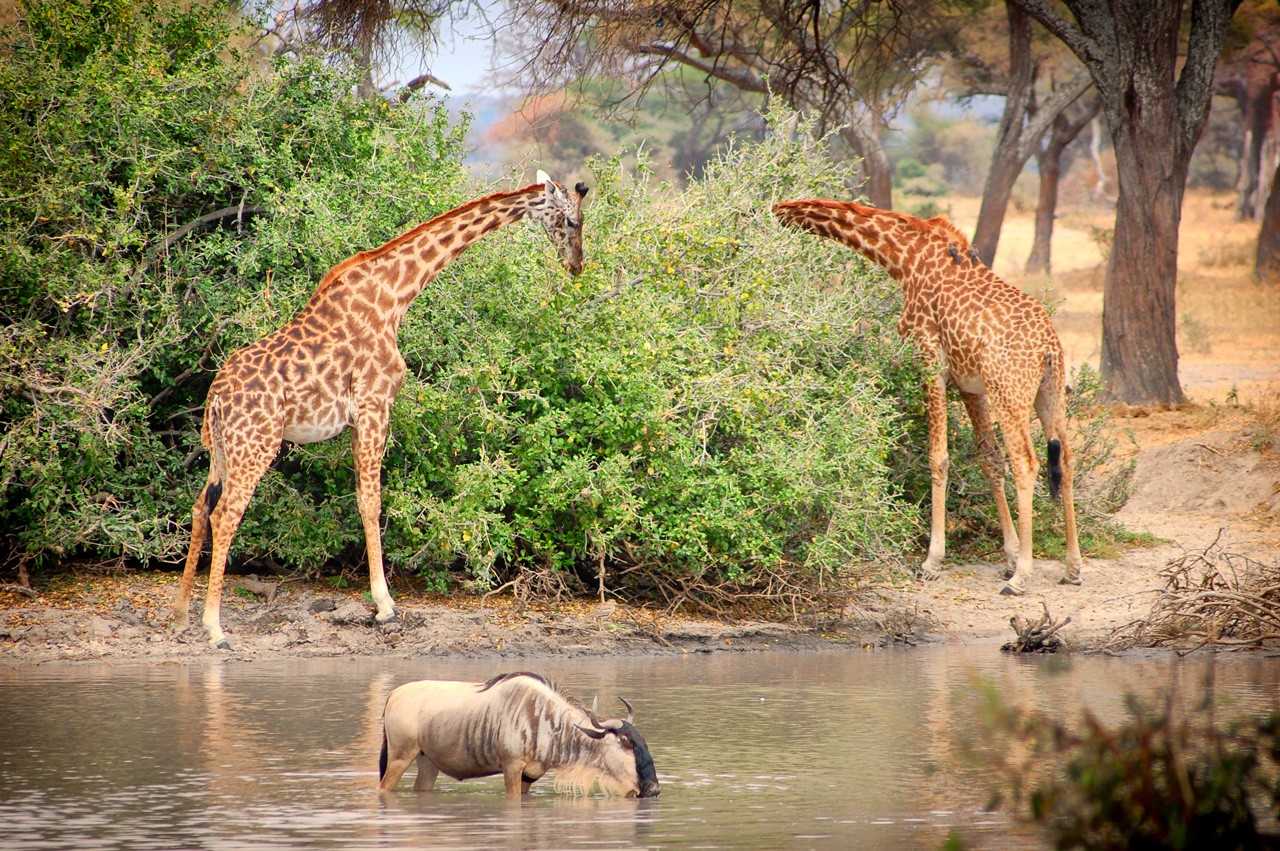
Batteries and power banks
Pack at least one reserve battery along with a power bank and/or solar charger for charging in emergencies.
Settings
Use P Mode (program)
Many prefer using A/Av (aperture priority) mode, but with safari and wildlife photography you’ll want to have control of the shutter speed as well. Program mode is recommended for snapshots and situations where there is little time to adjust camera settings. The camera sets shutter speed and aperture for optimal exposure, but you can still adjust both dials to suit your shot.
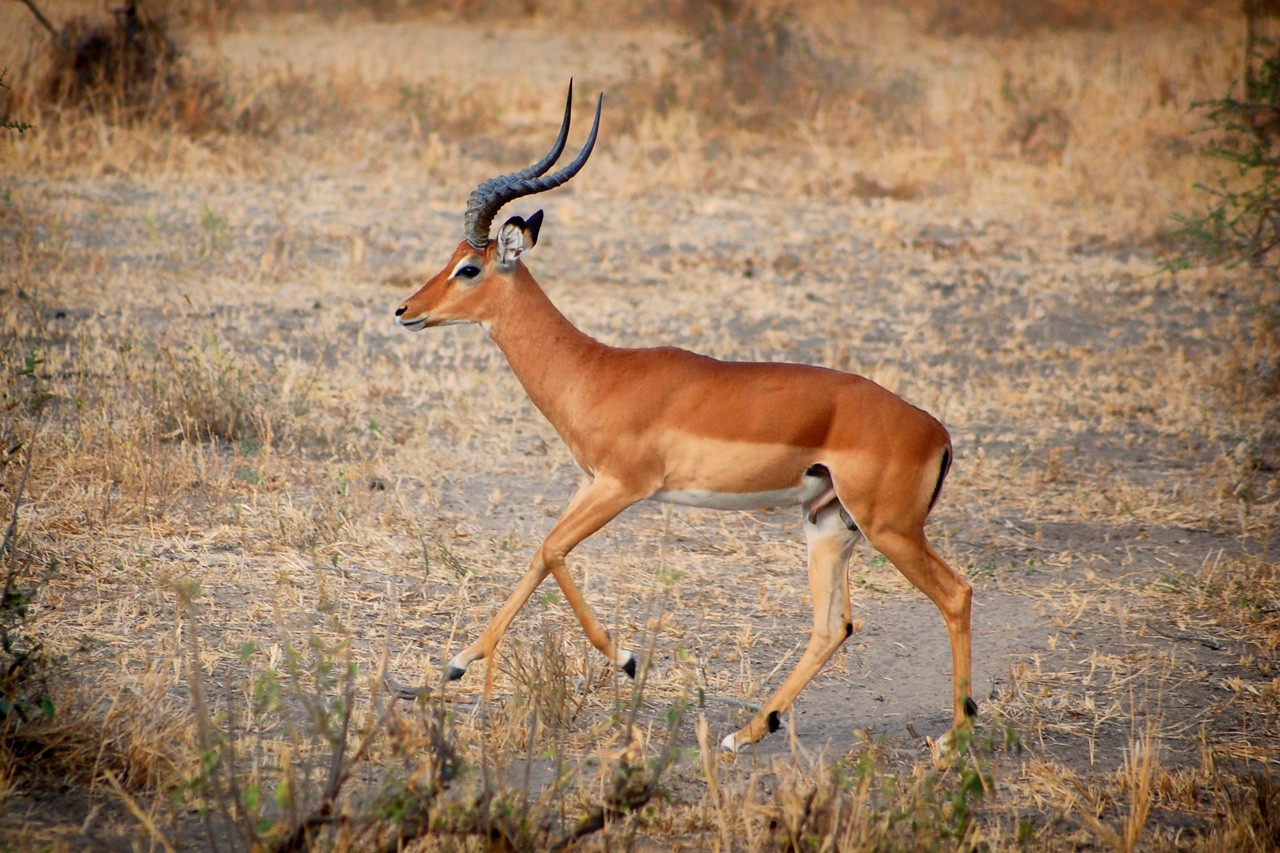
ISO
Unless you have decades of experience it’s unlikely you’ll be able to out-think a modern DSLR camera’s ISO settings, especially as you’ll be shifting between shutter speeds taking wide shots, close ups and action shots. Let the camera do this one for you.
White balance
Setting the white balance to automatic will result in bland images as the camera will try to reduce everything to mid-grey. Use the relevant setting on your camera (i.e. daylight, cloudy, shade). Additionally, you should consider shooting in RAW and editing your photography’s white balance in post processing software such as Photoshop.
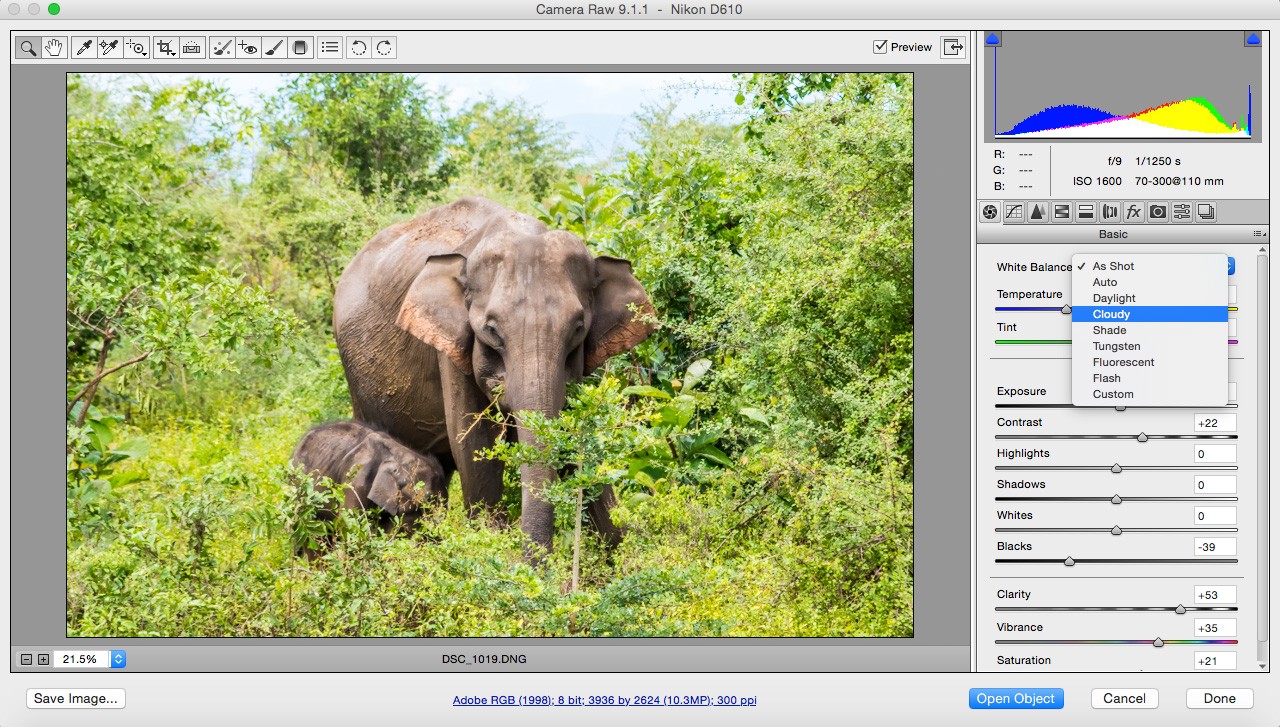
Flash off
Just turn it off. Even in low light, just turn it off. You’ll achieve far more natural results without it and using it will startle wildlife and annoy your fellow safari goers. Using a flash will also reduce deep shadows created by the midday sun.
Composition
Focus on the eyes
I’m no portrait photographer but just like with people, we connect with animals through their eyes so try to focus there. Just be aware that many animals on safari have unusual features such as long necks, snouts and trunks, so you may need to play with your focal length to pinpoint the eyes.
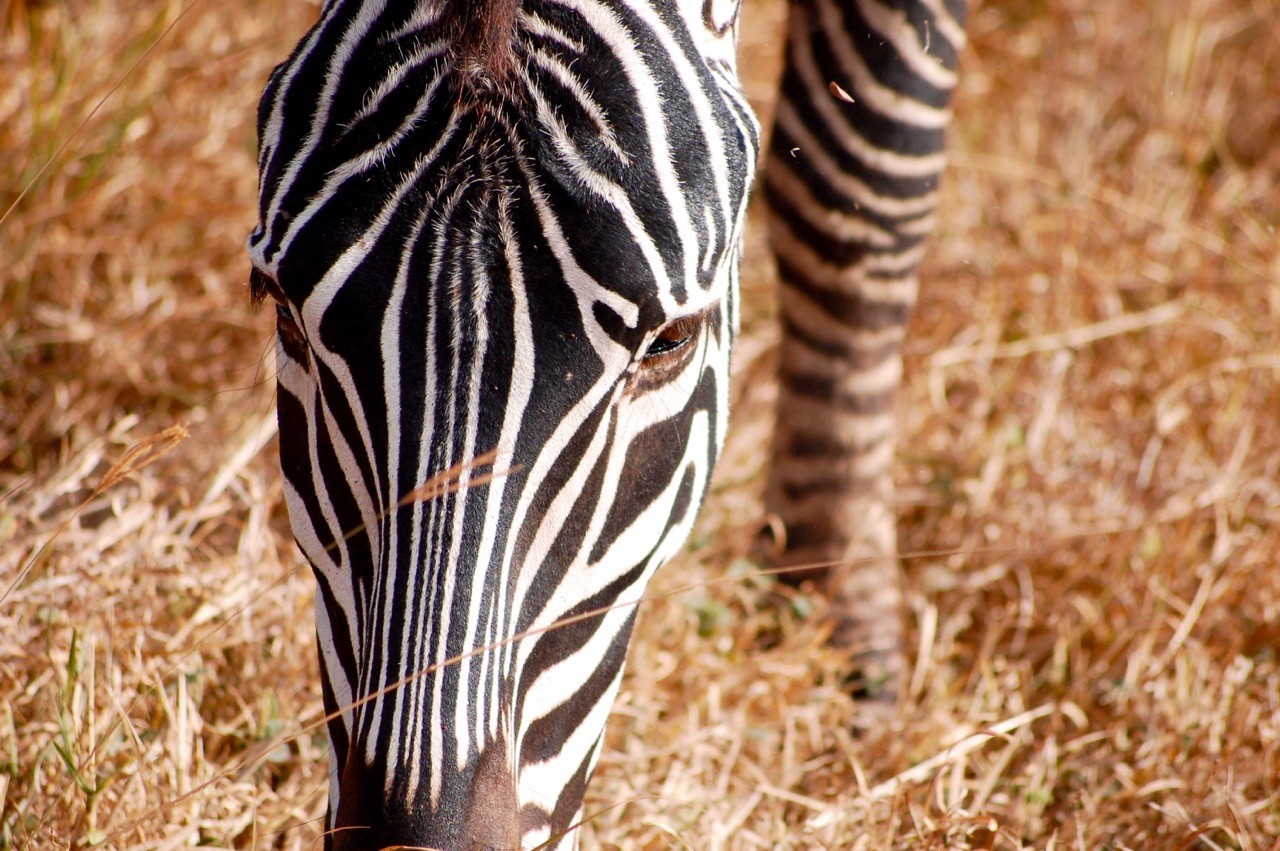
Rule of thirds
In its basic form, split the shot into thirds vertically and horizontally, and try to divide up the shot. This is particularly useful with wider shots of horizons. Also, think about where the ‘action’ in a shot will be unfolding. On the intersection of two points is usually a good place.
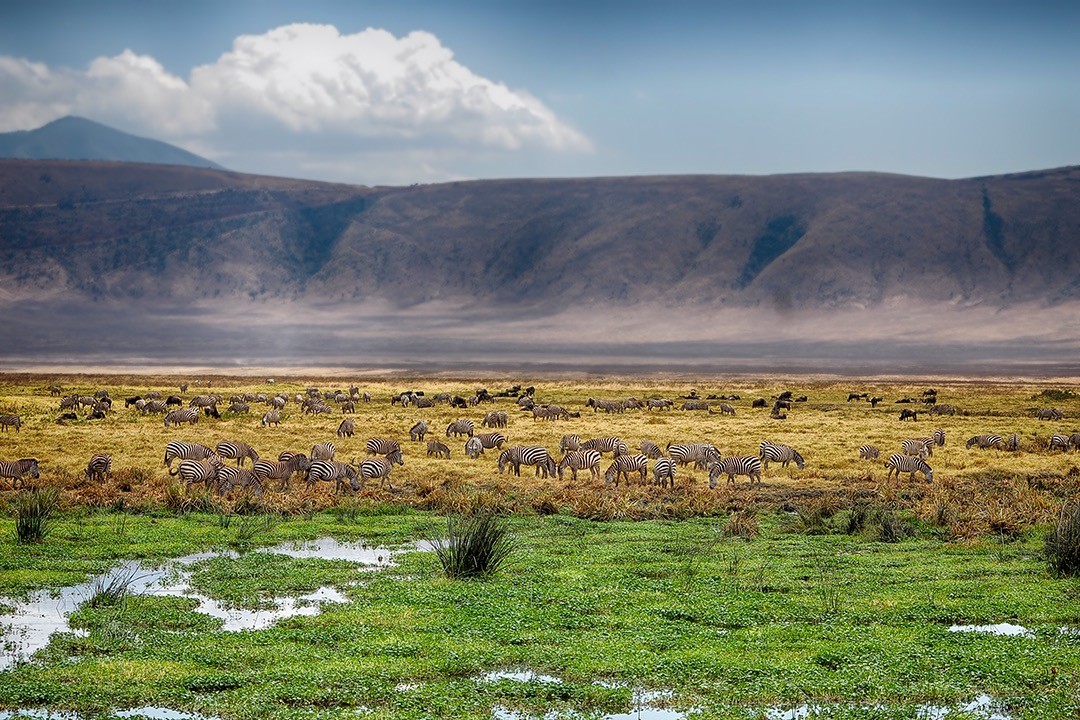
Panning blur
This is a difficult technique to master but can produce some fantastic shots. Switch to aperture mode and select the highest f-stop number (f/22 or higher). Set the ISO to 100 and use continuous shooting mode (or burst mode) to rapidly take multiple photos.
The trick is to pan at the same speed as the moving animal, the aim being to take shots where the background is blurred but the subject is clear, further accenting their movement. Just be warned: this takes a lot of practice and can produce frustrating results in the mean time!
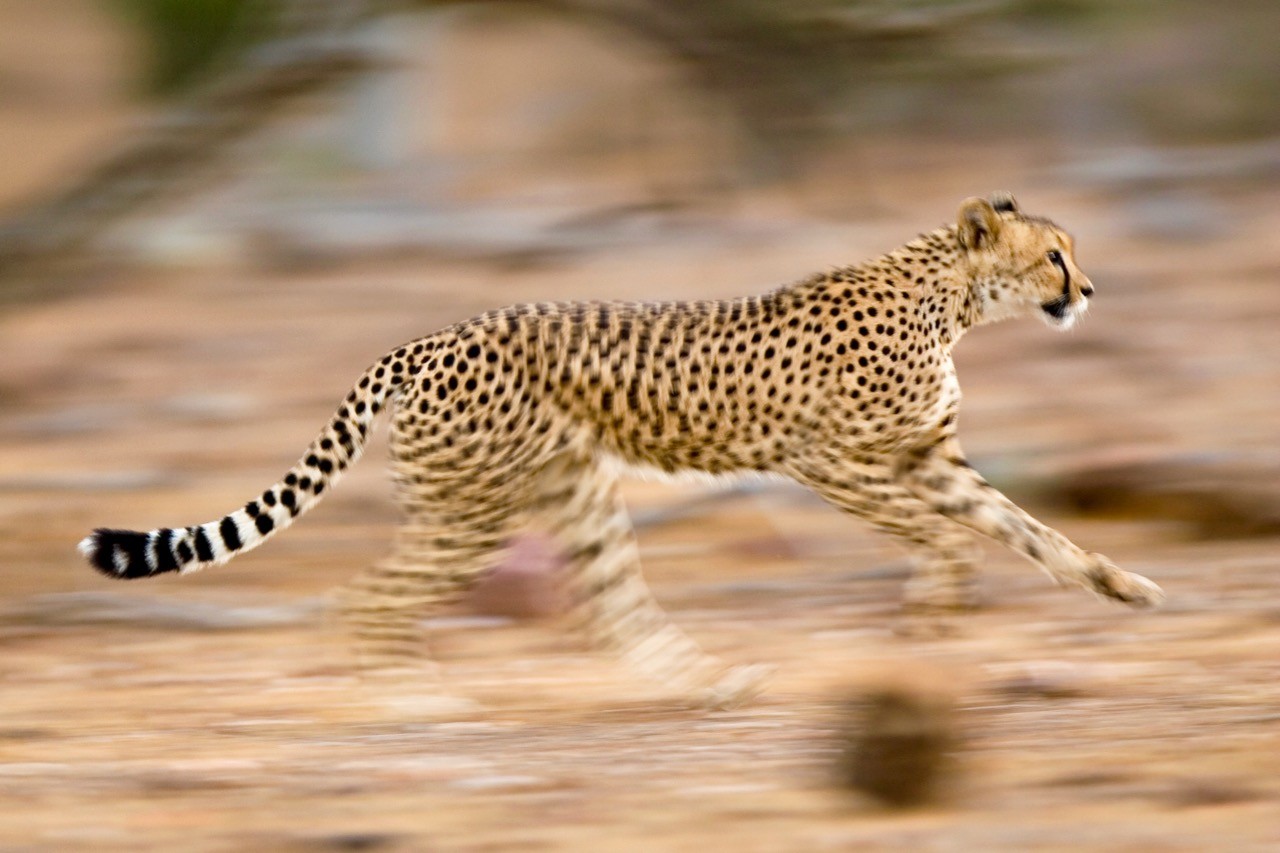
Ultimately, the most important safari photography tip is to remain patient. Wild animals are always going to do what they want to do. Unfortunately, you can’t ask a wild animal to look at the camera, do something cute, or stand in better light.
The only way to get the shot is to be in the right place, over and over again, waiting patiently until the time comes. You have to be there, ready, so when they decide to look cute or do something interesting, you can take the shot.
It takes a long time to capture good wildlife shots and even longer to take great ones – I’m still waiting.
But it’s never wasted time.
